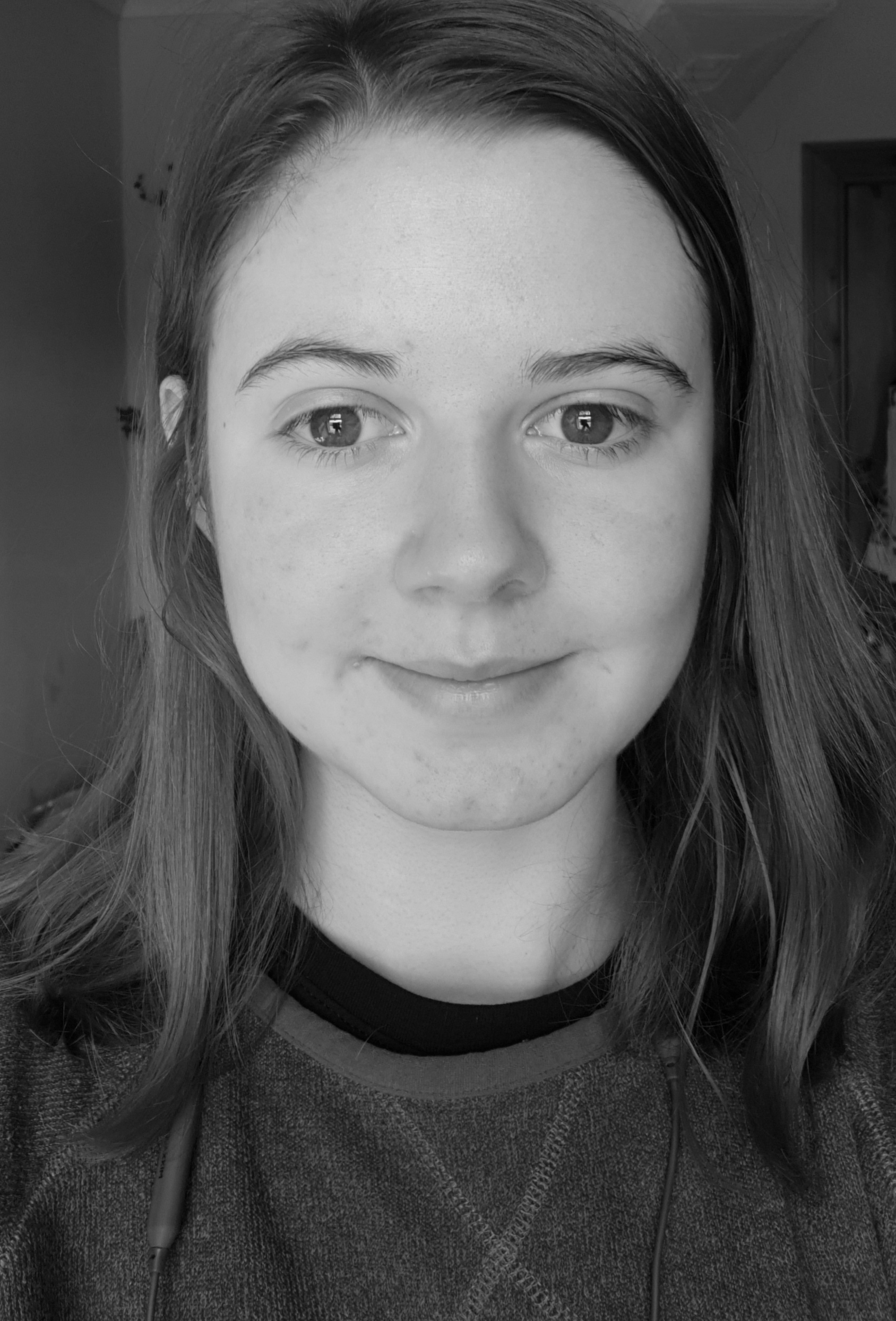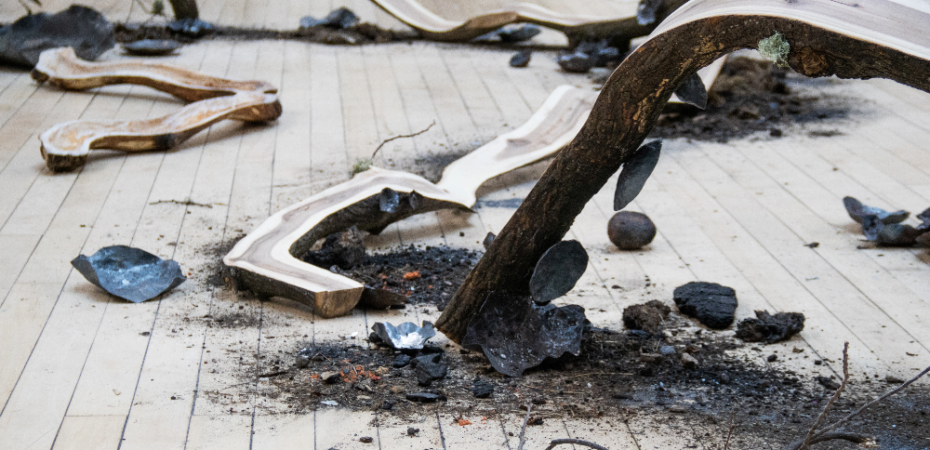
In this post, two student interns (open content curators) Molly Wickett and Alyssa Heggison share their experience developing and publishing Openly Licensed Educational Resources (OERs)↗️ in partnership with two staff members Andy Cross and Kay Douglas. This post belongs to the Hot topic series: Student Partnership Agreement 2023↗️.
Molly’s and Alyssa’s perspective:
Our Student Partnership Project arose from an interest in equality and diversity inclusion developed over the course of our internship last summer. We interned as Open Content Curators, which involved the development and publishing of Openly Licensed Educational Resources (OERs).
During our internship, we worked on multiple and varied projects at the same time, including editing and publishing resources created by students on the Geoscience Outreach Course. Final-year Geoscience students had chosen a client, for example a school or charity group, and created learning materials tailored to them. The resources students created were incredibly high-quality, informed by their knowledge in their subject area (spanning from native insects to optical illusions), and it was a privilege to be trusted to adapt their work.
Whilst doing this, we were also working on adapting Satschool↗️ earth observation resources and our own projects (Autism Awareness and Acceptance)↗️ involving the intersection of social identity and the wider tech field. In this, we spoke and collaborated with many interesting employees in fields we had previously known little about within the university.
The goal for all these resources was to apply a Creative Commons↗️ license and share them on TES (Times Education Supplement)↗️ to be used and edited freely for educational purposes. This meant all the content needed to be correctly attributed, so we were involved in obtaining permission for the use of materials, licensing original content and replacing copyrighted material.
This led to a certain level of overlap, where Molly noticed that many of the students who were developing OERs for the classroom created resources that were inaccessible to students with different disabilities that might affect their learning. It was important to us that the resources that are made were as accessible as possible: a wonderful thing about OERs is that they are, depending on their creative commons license, adaptable which means that fonts and colours may be changed for dyslexic learners.
However, it was also important that other disabilities and neuro divergencies were also considered, and that the reasons and links between creating a successful OER and inclusivity were made clear. The importance of accessibility for disabled users and inclusivity of resource content for every learner is often overlooked or considered at the last minute in the process of creating materials.
We worked during the internship on improving the accessibility of the resources before they were published, by creating offline or printable versions, multiple document formats and suggesting lesson adaptations for students with different learning styles.
We set out with Kay and Andy to design and deliver a workshop with the Geoscience Outreach course which could function in two parts: the original workshop which would outline accessible and inclusive resource publishing, and the resource (video embedded below)↗️ itself which could be published as an OER.
This involved research and feedback from all of us (the students) and Andy and Kay (the staff). We decided upon three varied examples, which we evaluated upon three qualities of the resource – accessibility, inclusivity and finally the OER suitability. A core point of focus was that all these qualities intersect and should not be viewed as mutually exclusive.
During the workshop, we repeated this process of evaluating the resources as a group. The aim was for students to become used to critically evaluating materials in this way and to apply these criteria to their own work.
We had practice run-throughs with PhD students who asked us to expand upon definitions and outlines – a huge part of this was a feedback loop involving different parties. This was valuable in helping us realise how much of a skill it is to be able to separate and articulate these different sections.
We made an effort to define accessibility, inclusivity and OER publish ability, and then illustrated how these aspects actively functioned across the resources. It was important during the workshop that this was a conversation, and that we engaged with our peers who may have their own personal experiences to bring to the table regarding their learning experiences. All participants were keen to share ideas, and the workshop highlighted the value of hearing a variety of perspectives on one project.
Finally, we created a feedback form which the students were anonymously able to fill out reviewing the workshop, what they found helpful and what they thought we could improve upon. The workshop included the students, the PhD students, and the staff on the course.
The responses were overwhelmingly positive, with many of the students commenting that the discussion had prompted them to consider alternate perspectives and the importance of these coming from different people in different fields to improve the overall quality and experience of the resource. This was one of our core considerations in developing the resource and workshop, so to achieve this was brilliant.
The final outcome of this project is a workshop/resource↗️ which we hope can be reused in years to come, edited, improved, and adapted to other contexts of educational resource creation to which it is highly applicable. The resource and workshop have a lasting impact in benefitting further students beyond its immediate delivery: we hope that it will improve the quality of the OERs developed by the students and the learning of the schools where these are used.
We look forward to seeing the final versions of this year’s student’s creations published on Open.Ed↗️ or TES↗️ and are sure they will be well-used in classrooms and by learners around the world. We are so glad to have had this opportunity to learn more about accessibility and inclusivity in educational materials and the changes that are needed to make the learning experience positive and fair for everyone.
Due to our funding, the student partnership project enabled Molly and Alyssa to develop a resource which has lasting benefits and dedicate hours to researching and working on this which we would otherwise not have been able to, given commitments and other workloads from part-time jobs and university. It has been a privilege to work together on this project as part of such a supportive, insightful team.
Andy and Kay’s perspective:
Molly and Alyssa’s work has moved away from the more traditional (yet very valuable!) work we have done with interns in previous years, into an area we are well aware of, yet have not had the necessary expertise to address. We always encourage our geosciences outreach students to create resources that are inclusive and accessible for a wide range of audiences, however we have not covered this on a systematic level in the course. Molly and Alyssa were able to very effectively use their knowledge of the course and outputs, and use this alongside their wider experience and knowledge to create a workshop and accompanying resource that was co-created with staff and students, and much like the goal of our student projects – will have a tangible legacy through the creation of a resource that can be used across different projects and disciplines. Like Molly and Alyssa, we found this venture an enrichment of our experience of learning and teaching and one we would encourage others to participate in.
 Molly Wickett
Molly Wickett
Molly Wickett was one of the 2022 Open Content Curator interns who undertook a 2023 Staff-Student Partnership Project to develop this OER. She is a 2023 MA Fine Art↗️ graduate of the University of Edinburgh.
 Alyssa Heggison
Alyssa Heggison
Alyssa Heggison is a BSc (Hons) Mathematics↗️ student who took part in an Open Content Internship, leading to a Student-Staff Partnership Project.
Andy Cross
Dr Andy Cross is a senior lecturer at the School of Geosciences, and a Senior Fellow of the Higher Education Academy. He is the Geosciences Outreach↗️ Course Organiser and co-runs Currents: Understanding and Addressing Global Challenges↗️at Edinburgh Futures Institute. He leads, develops workshops and mentors Level 10/11 students on Geosciences Outreach and Engagement.
 Kay Douglas
Kay Douglas
Kay Douglas, FHEA, is a Widening Participation and Outreach Co-ordinator, Teaching Team member in the Geosciences Outreach↗️ Level 10 and the SCQF Level 7 accredited LEAPS Transitions Course. Kay leads, develops workshops and mentors Level 10/11 students on Geosciences Outreach and Engagement.



